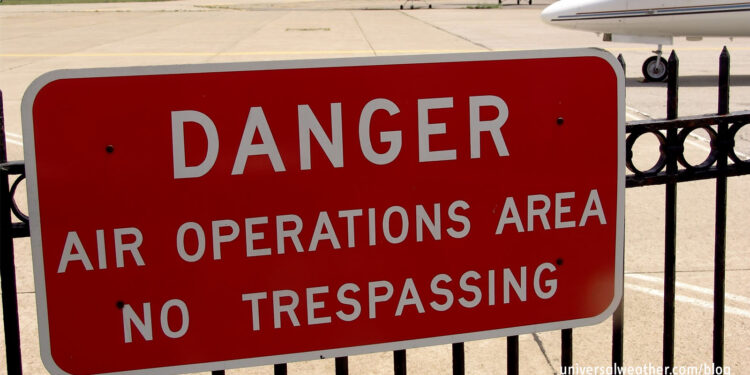Security Threat Assessments for Business Aviation – Part 1: General Tips

This business aviation blog post is part of a series on security threat assessments for your trip.
We all understand the value of security awareness and the need to try to avoid potential security issues. There are, however, areas of security planning/awareness that we all tend to overlook from time to time. Particularly when conducting business aircraft operations to moderate or high risk areas – or to new or unfamiliar destinations – it’s important to take the time to cover security basics.
The following is an overview of what you need to know:
1. Consider security threat assessments
A security threat assessment is an intelligence briefing designed to inform and prepare the operator with up-to-date knowledge on particular destinations. The more information you can provide your security supplier – on the nature of your trip, passenger specifics, and planned activities at particular destinations – the better they can tailor a security assessment. It’s best to plan on lead time of 24-48 hours for a tailored security assessment.
2. Know when to order security assessments
If you’re traveling to a moderate, category-three threat level location, it’s recommended to obtain at least a country briefing. For higher-threat destinations, a range of comprehensive security assessments should be considered. These assessments will help you plan for and avoid as many security issues and threats as possible. For higher-threat locations (level four and above), secure transportation may be recommended – especially if you’re unfamiliar with the surroundings. Depending on operator needs, and individual risk profiles, additional security may be advisable. If dedicated aircraft guards are not permitted at higher-risk destinations, your ground handler may be able to assist in ensuring that the aircraft is secure. It is recommended that tamper tape be used on aircraft doors/hatches when additional security is not allowed next to the aircraft. Also, tamper tape can be used on your hotel safe to ensure it hasn’t been tampered with while you are away from your room.
3. Security assessments should always be updated
Security assessments are researched and put together on request and need to be updated from time to time. Generally, if you’ve not been to a destination within 60 days, it’s worthwhile to obtain a current assessment for the airport, city, and hotel as needed. It’s best to have your security provider flight follow your trip and provide relevant updates.
4. Selecting security providers
When choosing security providers for risk assessments and on the ground security, be sure to look at certifications, training, and U.S. Foreign Corrupt Practices Act compliance of both security providers and security personnel at destination. If a provider is ISO-certified, this helps ensure proper follow up and processes, both in terms of issues that may take place and corrective action.
5. Additional sources of security information
For a basic preliminary security overview, look at government sites such as:
While these are good sites for basic security and country information, they may not provide the in-depth information you’ll need. It’s always a good idea to register with your local embassy or consulate when outside your country. If the local security situation unravels, you’ll be alerted about what needs to be done in terms of quickly exiting the country.
Conclusion
Obtaining comprehensive security assessments is a key element in successful trip planning. Talk with your 3rd-party security provider to know what sort of security assessments are available and may be advisable for your planned destinations.
Questions?
If you have any questions about this article or would like assistance in planning security for your next trip, contact me at traciecarwile@univ-wea.com.
Stay tuned for Part 2, which covers types of security assessments.




